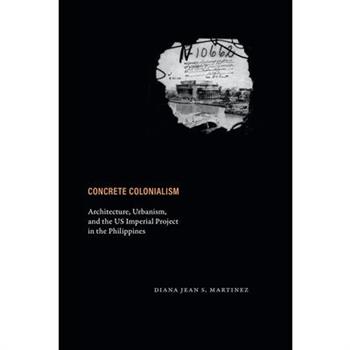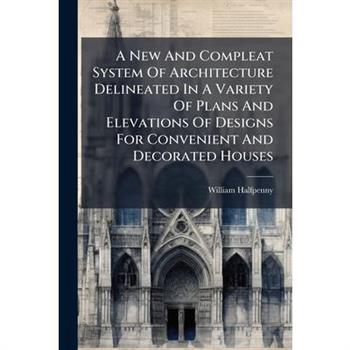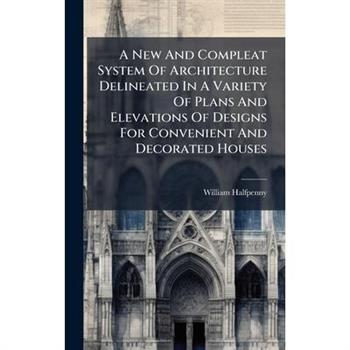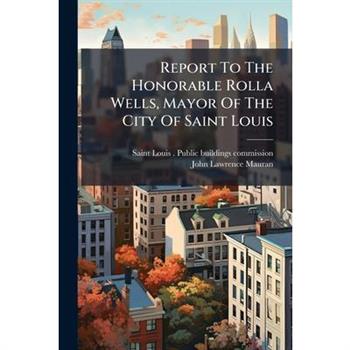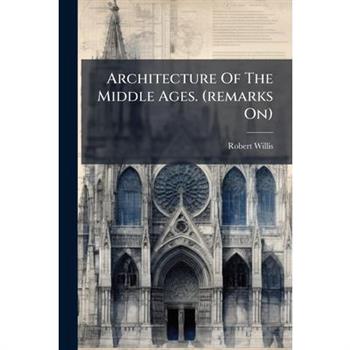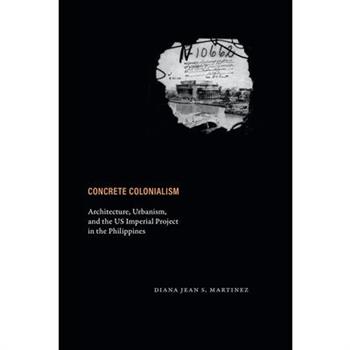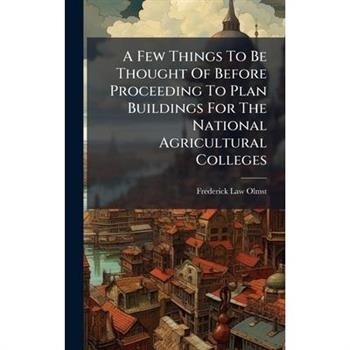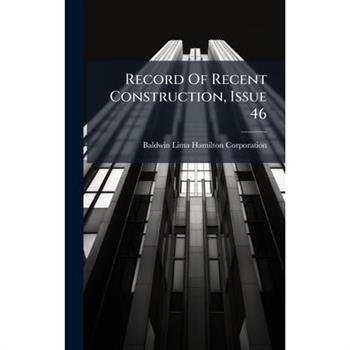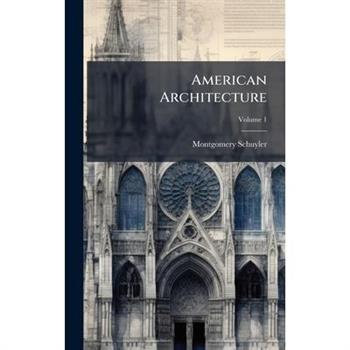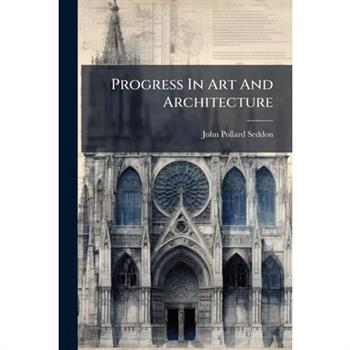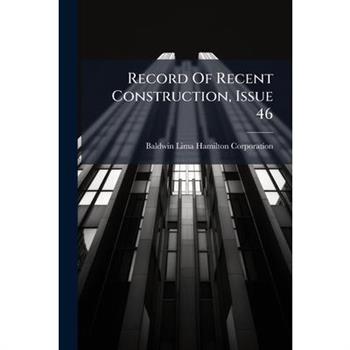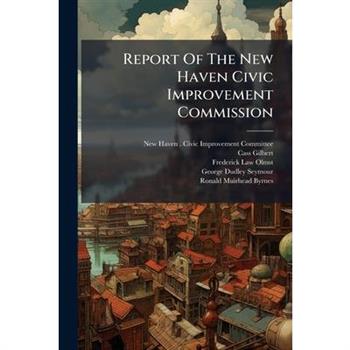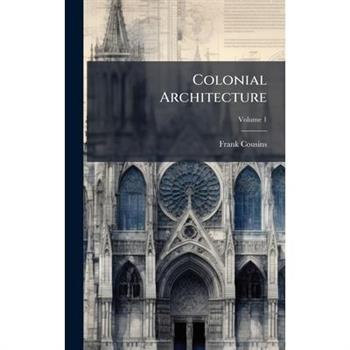Churches Of Yorkshire [by G.a. Poole And Others]
The Dynamic Landscape
The last quarter of the twentieth century witnessed a burgeoning interest in ecological or naturally inspired use of vegetation in the designed landscape. This has since developed into a strong design aesthetic in the field of landscape architecture. Building on the hugely successful first edition, Dunnett and Hitchmough bring this volume up to date with fully revised chapters, new additions and enhanced visual features. Organised into clearly structured sections, presenting an overview of the building blocks and the process for design, The Dynamic Landscape advances a fusion of scientific and ecological planning design philosophy that addresses the need for more sustainable designed landscapes. The first edition presented a major statement on the design, implementation and management of ecologically inspired landscape vegetation. With contributions from individuals at the forefront of developments in the field, in both Europe and North America, this second edition provides an important synthesis of current thinking and high-quality imagery to illustrate and support the text. The book will be an invaluable addition to any professional landscape designer's library.
Designing the Complex City
How can designers address the emergent self-organizing nature of complex urban environments? Designing the Complex City highlights how both an excess and a lack of design control might contrast the lively complexity of cities, their adaptive and evolutionary capacity. By using key concepts from systems thinking, complexity sciences, life sciences, cognitive sciences, and social sciences, the book frames a systemic spatial design approach aimed at enhancing the potential of different spatial design disciplines to navigate place-specific emergent transformations without overdetermining their formal outcome. A range of heterogeneous case studies, developing at different scales, show how embracing a design approach that is embodied, open-ended, contextually responsive, incremental and adaptive does not question the relevance of designers' specific skills in shaping the physical structure of cities; it may rather increase their potential to effectively intervene in complex adaptive cycles of urban decay and self-regeneration.Designing the Complex City provides insights for students, researchers, and academics in architecture, interior design, urban and landscape design, planning theory, and urban studies. It is essential reading for all designers who seek to proactively and meaningfully intervene in spontaneous socio-spatial dynamics.
Concrete Colonialism
During US colonial rule in the Philippines, reinforced concrete was used to the near exclusion of all other building materials. In Concrete Colonialism, Diana Jean S. Martinez examines the motivations for and lasting effects of this forgotten colonial policy. Arguing that the pervasive use of reinforced concrete technologies revolutionized techniques of imperial conquest, Martinez shows how concrete reshaped colonialism as a project that sought durable change through the reformation of environments, colonial society, and racialized biologies. Martinez locates the origins of this material revolution in the development of Chicago, highlighting how building this urban center atop exceptionally challenging geology made it possible to transform diverse global ecologies. She details how the material's stability, plasticity, strength, and other qualities served the shifting imperatives of the US colonial regime, playing a central role in defending territory, controlling disease, and the construction of monuments to nation and empire. By describing a world irreversibly remade, Martinez urges readers to consider how colonialism persists--in concrete forms--despite claims of its conclusion.
Concrete Colonialism
During US colonial rule in the Philippines, reinforced concrete was used to the near exclusion of all other building materials. In Concrete Colonialism, Diana Jean S. Martinez examines the motivations for and lasting effects of this forgotten colonial policy. Arguing that the pervasive use of reinforced concrete technologies revolutionized techniques of imperial conquest, Martinez shows how concrete reshaped colonialism as a project that sought durable change through the reformation of environments, colonial society, and racialized biologies. Martinez locates the origins of this material revolution in the development of Chicago, highlighting how building this urban center atop exceptionally challenging geology made it possible to transform diverse global ecologies. She details how the material's stability, plasticity, strength, and other qualities served the shifting imperatives of the US colonial regime, playing a central role in defending territory, controlling disease, and the construction of monuments to nation and empire. By describing a world irreversibly remade, Martinez urges readers to consider how colonialism persists--in concrete forms--despite claims of its conclusion.
Practical Architecture As Applied To Farm Buildings
The Cabinet-maker And Upholsterer's Drawing-book
A Handbook To The Abbey Church Of S. Mary, Sherborne
A Handbook To The Abbey Church Of S. Mary, Sherborne
Report Of The New Haven Civic Improvement Commission
Monumental
How recent shifts in social politics have dramatically changed our relationship to monuments. For centuries, monuments have telegraphed the values and origin myths of dominant culture in public space and on massive scale. They have signaled both who is part of a culture and who is not, often overlooking histories that complicate the stories they tell. Yet in the last 50 years in the United States, the role of monuments has changed significantly. Numerous historical monuments have been removed or toppled, bringing to the fore a long-repressed conversation about the relationship between the monumental landscape and national identity. In Monumental, Cat Dawson takes up the social, political, and art historical causes and ramifications of this important shift. Examining the conditions that have led to and define this new era, Dawson reveals that these interventions are as indebted to the monumental tradition as they are to representational strategies that grew out of twentieth-century social justice efforts, from the Civil Rights movement to queer organizing during the AIDS crisis. Since 2014, a new generation of artists has established a groundbreaking role for monuments, calling into question the very notion of what a monument is through novel investigations of how symbolic structures can be made and what stories they can tell. This book tells the important story of that sea change.






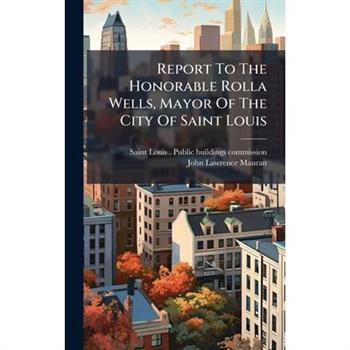

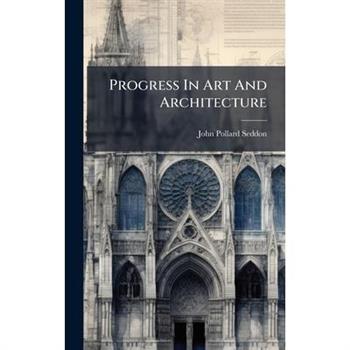
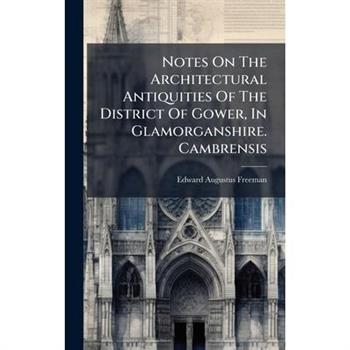



![Churches Of Yorkshire [by G.a. Poole And Others] Churches Of Yorkshire [by G.a. Poole And Others]](https://cdn.kingstone.com.tw/english/images/product/8098/9781024318098m.jpg?Q=62433)



